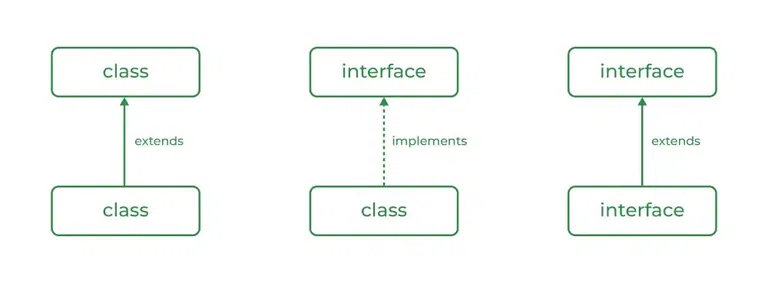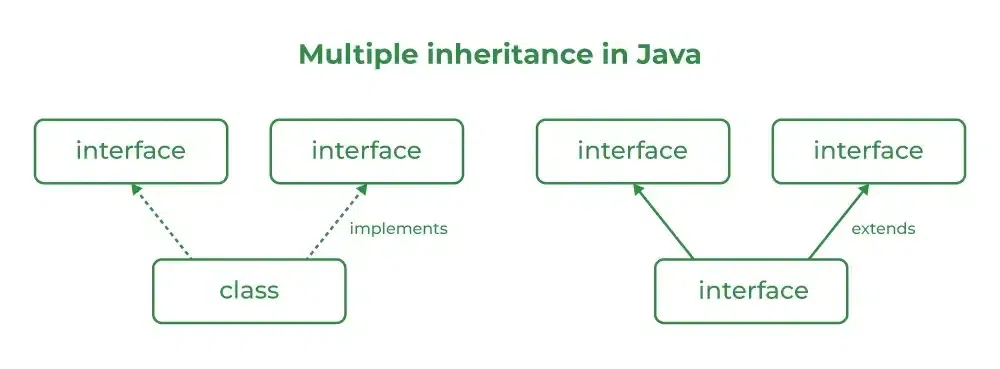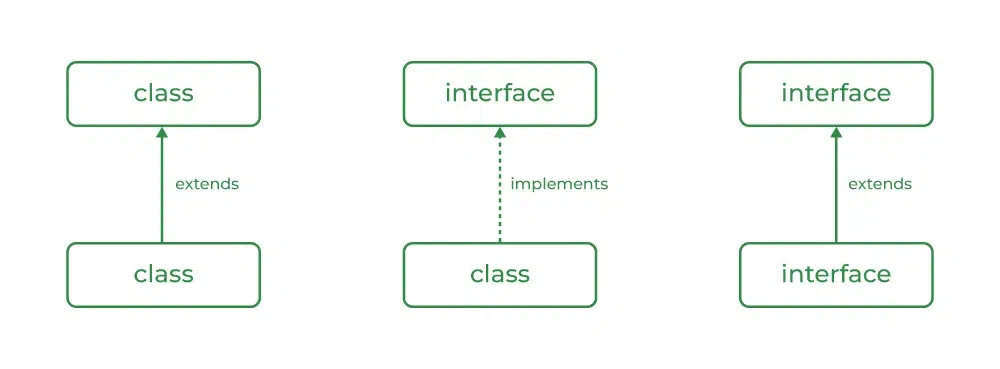
Master Java Interfaces: A Practical Guide with Examples (Updated 2025)
Are you diving into Java and looking to solidify your understanding of interfaces? This guide breaks down Java interfaces with practical examples and covers updates through 2025. Learn how interfaces promote abstraction, achieve multiple inheritance, and enable loose coupling in your code. We'll explore everything from basic syntax to advanced features in JDK 8 and beyond.

What is a Java Interface? Defining Behavior
A Java interface serves as a blueprint for defining the behavior of a class. It specifies what a class should do, without dictating how it should do it.
- Interfaces are abstract types containing static constants and abstract methods.
- They are a key mechanism for achieving abstraction in Java.
- Variables declared in an interface are implicitly
public,static, andfinal.
Java Interface Syntax: The Blueprint
To declare an interface, use the interface keyword:
A class implements an interface using the implements keyword, and it must provide an implementation for every method declared in the interface.
Class vs. Interface: Key Differences
Although they might seem similar, classes and interfaces have distinct roles.
| Feature | Class | Interface |
|---|---|---|
| Instantiation | Can be instantiated (objects can be made) | Cannot be instantiated |
| Method Body | Can contain concrete methods | Cannot contain concrete methods (pre-Java 8) |
| Access Specifier | private, protected, and public |
public (implicitly) |
Implementing Interfaces: An Example with Vehicles
Interfaces are fantastic for defining common functionalities applicable across different classes.

This example shows how the Vehicle interface defines actions applicable to Bicycle and potentially other classes like Car or Bike.
Multiple Inheritance with Interfaces
Java doesn't support multiple inheritance through classes, but interfaces provide a workaround, allowing you to implement multiple interfaces in a single class.

A class Cal can implement both Add and Sub interfaces, inheriting the methods of both.
Java 8 Interface Features: Default and Static Methods
JDK 8 introduced powerful additions to interfaces.
Default Methods
- Allow providing a default implementation in the interface itself.
- Useful for adding new methods to interfaces without forcing existing implementations to change.
Static Methods
- Allow defining static helper methods within interfaces.
- These methods are invoked using the interface name directly (
TestInterface.display()) and cannot be overridden.
Extending Interfaces: Building Hierarchies
One interface can inherit another using the extends keyword, creating a hierarchy of interfaces.
Classes implementing B must implement all methods from both A and B.
Level-Wise Implementation: A Step-by-Step Approach
For complex systems, a level-wise implementation approach promotes better organization:
- Level 1: Interfaces (service details)
- Level 2: Abstract classes (partial implementation)
- Level 3: Implementation classes (complete implementation)
Advantages of Using Java Interfaces
- Abstraction: Hides implementation details, focusing on behavior.
- Multiple Inheritance: Achieves multiple inheritance-like behavior.
- Loose Coupling: Reduces dependencies between classes.
- Flexibility: Allows different classes to implement the same interface in their own way.
Interfaces in Java 9 and Beyond
Java 9 introduced private methods inside the interface, which helps to share common code between default methods.
Key Interface Considerations
- You can't instantiate an interface.
- A class can implement multiple interfaces.
- An interface can extend multiple interfaces.
- Inside the Interface constructors and main method is not allowed.
Frequently Asked Questions
What is a marker interface?
A marker interface is an empty interface (no methods) used to signal specific behavior or capability to the JVM or compiler.
Why use interfaces when we have abstract classes?
Interfaces provide total abstraction (all methods are abstract), while abstract classes can have concrete methods and instance variables. Use interfaces when defining a contract of behavior, and abstract classes when providing a base implementation.
By understanding and effectively using Java interfaces, you can design more flexible, maintainable, and robust applications.

